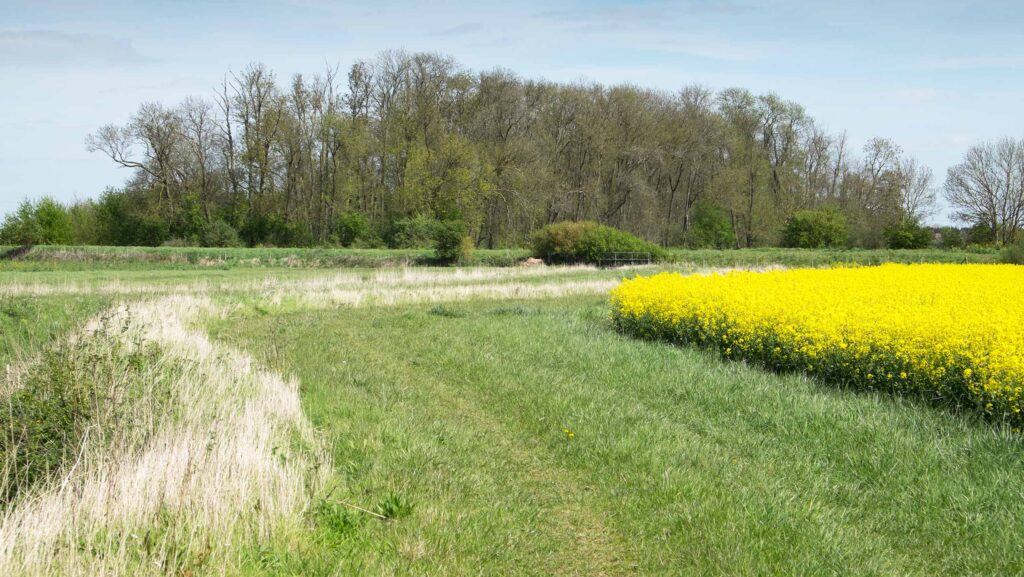How SFI might affect food production this year
 © Tim Scrivener
© Tim Scrivener Crop output in England could drop by 3% in 2024 as a result of land being taken out of production by the Sustainable Farming Incentive (SFI), a new study has found.
In a year when challenging weather conditions have seen cereal and oilseed rape acreage at their lowest level in two decades, analysis by Strutt & Parker has shone a light on the impact the SFI is also having on land use.
See also: Defra announces further changes to the SFI 2024 scheme
It estimates that, at the start of May 2024, about 206,000ha of agricultural land had been temporarily taken out of production.
The consultancy’s rural research director Dr Jason Beedell said this amounted to 2% of all agricultural land in England, which could translate to a possible 3% cut in crop production.
So far, roughly 37% of farmers have joined the SFI scheme, but a full take-up following the launch of the expanded 2024 SFI offer could see land taken out of production increase to 5%, he added.
Farm type
Overall, the Strutt & Parker model points to 16% of agricultural land in England being subject to some form of SFI management action, but the agreements are different according to farm type.
For example, at 42%, the average arable farm is likely to have a higher percentage of their land under SFI management options, compared to 27% for lowland grassland farms.
On arable farms, the most popular actions taken up are no-use of insecticides, growing winter bird food, and multispecies winter cover crops.
Upland grassland farms are also likely to have 42% subject to management actions.
Grassland farms are most likely to have opted for managing grassland with very low nutrient inputs, growing legumes and winter bird food on improved grassland.
Income loss
Despite the take-up of agreements, the analysis shows significant shortfalls in income from payments compared to what farmers had received under the full Basic Payment Scheme (BPS).
For the average upland grassland farm, there is an estimated 63% shortfall, with payments at £14,495 a year.
The average lowland grassland farm has seen subsidy income drop by 58%, to £13,554 annually.
For arable growers, modelling shows they are receiving an average of £22,096/year from their SFI agreement, which is 45% of the value of the BPS in 2020-2022.
Strutt & Parker hopes the analysis will help inform the new government’s promised Land Use Framework.
Challenge
Defra has, however, challenged Strutt & Parker’s figures on the drop in crop production, and said it did not expect changes to farming subsidies to impact food security.
A spokesman said: “We will restore stability and confidence among farmers and optimise our schemes and grants in an orderly way, ensuring they produce the right outcomes for all farmers, while delivering food security and nature recovery in a just and equitable way.”
